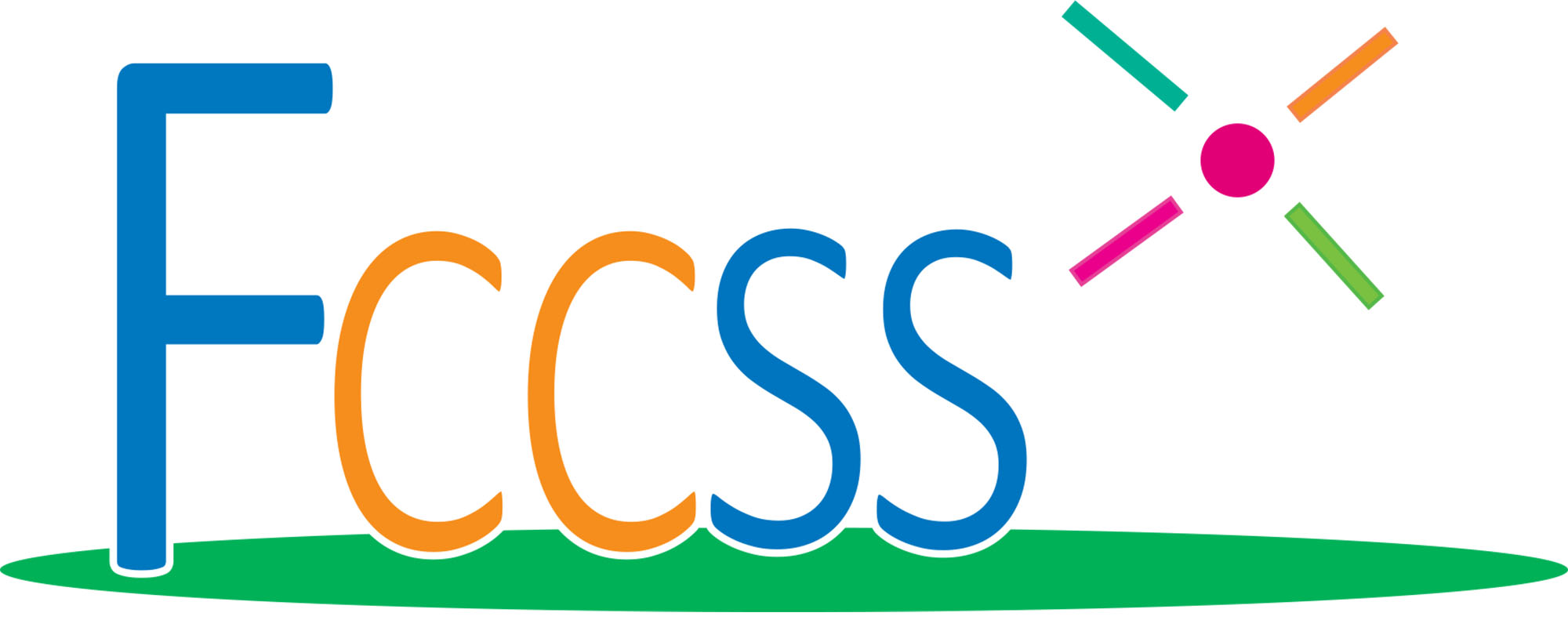Late cardiovascular effects
Cardiovascular diseases include diseases affecting the heart and blood vessels (those supplying the heart muscle, brain, arms and legs).
Radiation therapy and chemotherapy can result in cardiac disease. The risk of developing several types of cardiac diseases is increased:
– Heart failure: a situation in which the heart can no longer ensure its contraction to meet the needs of different organs.
– A heart attack (myocardial infarction): a situation in which the heart itself is poorly vascularised and therefore contracts itself less efficiently. This is usually due to blockage or narrowing of the vessels irrigating the heart (coronary).
– Pericarditis: the pericardium is a double-walled bag that surrounds and protects the heart. Pericarditis is related to the abnormal presence of liquid in the bag, which can result in heart compression problems.
– A heart valve problem (narrowing or leakage).
– Heart rhythm disorders.
Overall, at the age of 40, heart disease was diagnosed in 11% of survivors. This percentage increases with age.
The results show that the risk of heart disease is higher for some groups of survivors:
– Patients who received radiation therapy to the heart.
– Patients who received chemotherapy involving anthracyclines.
Cerebrovascular diseases, caused by damaged blood vessels, can result in stroke. The risk of stroke increases with radiotherapy, especially when the brain is irradiated.
The radiation dose received to a specific area in front of the brain stem (called the “prepontine tank”) appears to play a very important role. “Prepontine tank” is very close to another particular zone, the polygon of Willis (an arterial circle at the base of the brain). The polygon of Willis is where the large arteries supplying the brain converge, and it is fundamental to the balance of cerebral blood flow.
Sources:
Results of FCCSS study on the risk of developing cardiovascular diseases: Publications
